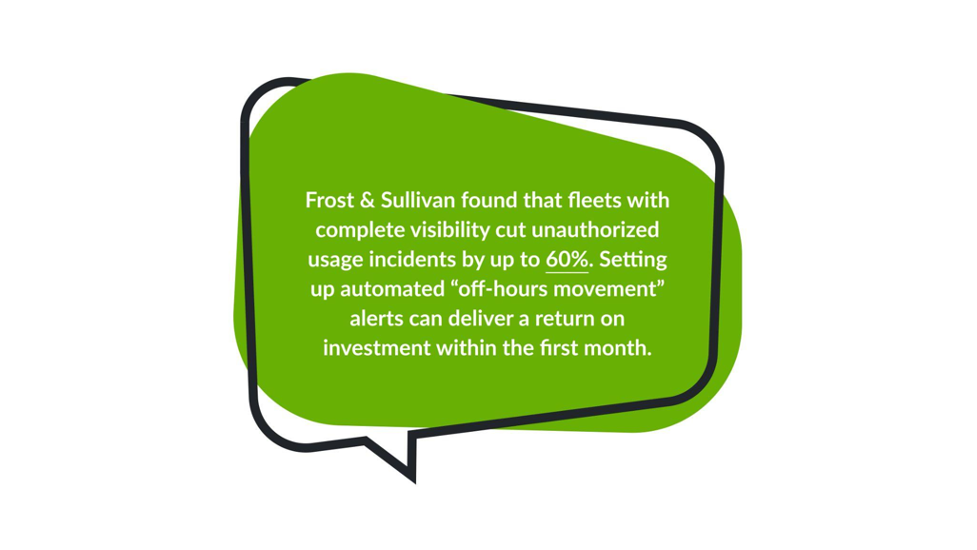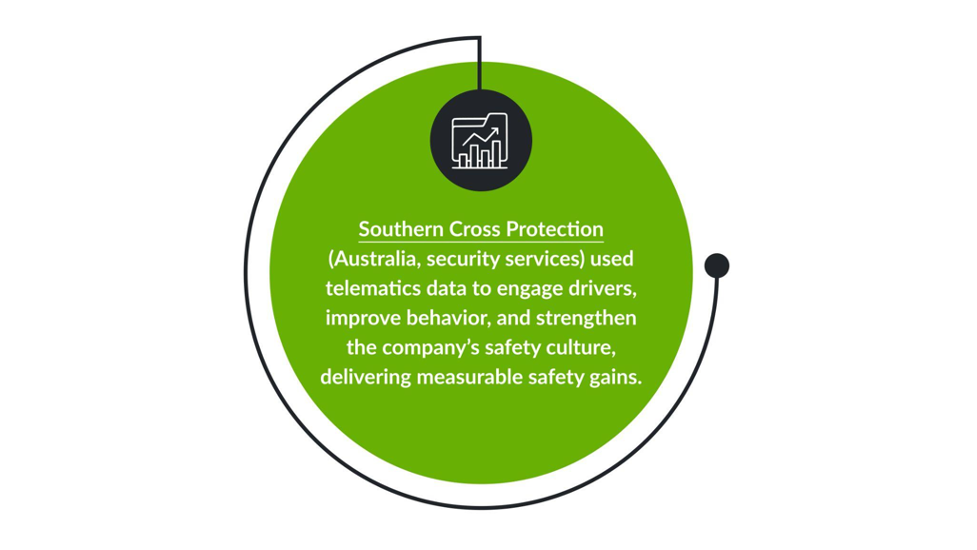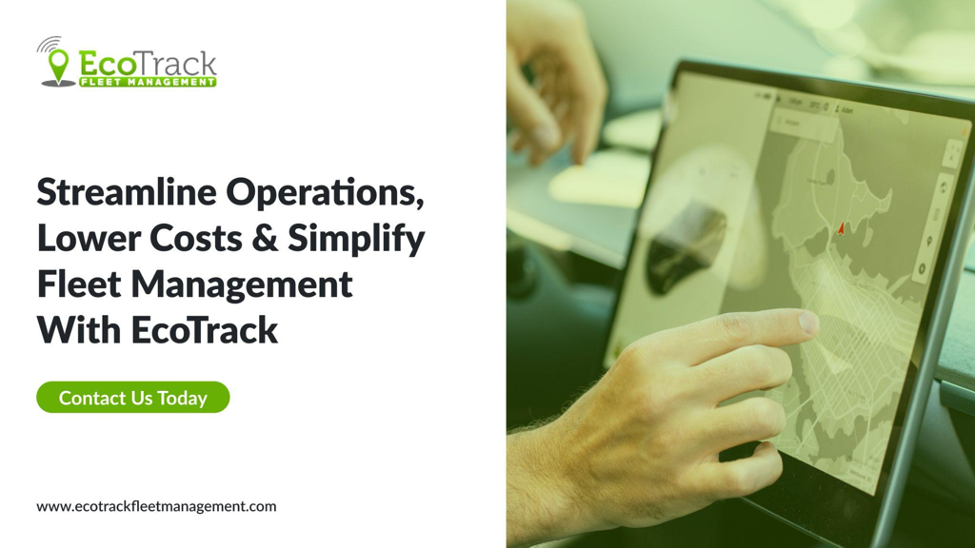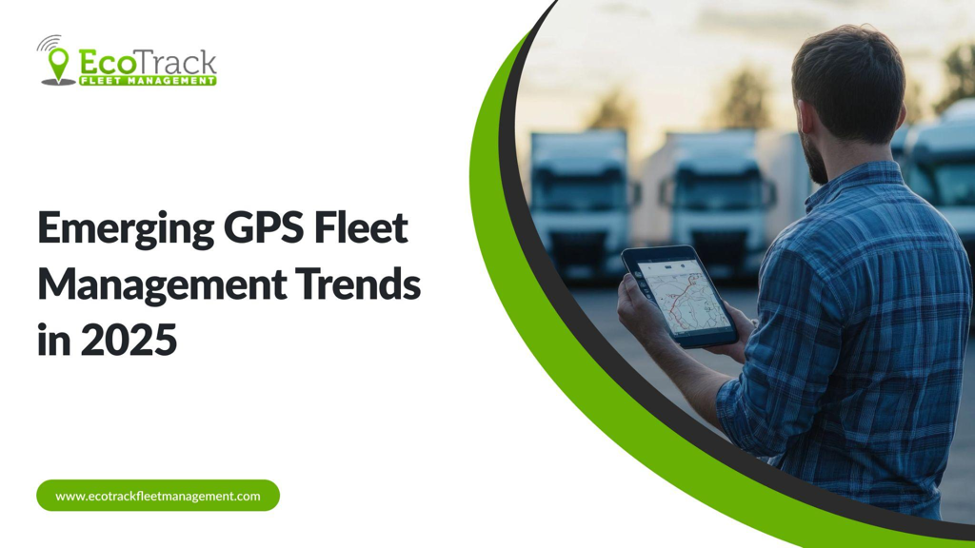Fleet management has never been a simple task. Between keeping deliveries on schedule, monitoring drivers, and adjusting routes on the fly, it’s a constant balancing act.
Picture a typical Wednesday afternoon:
- A customer in Chicago calls about a late delivery.
- A driver in Dallas is somewhere along I-35 but isn’t picking up.
- Dispatch is scrambling to reshuffle jobs without knowing which vehicles are closest.
This was the “old normal” for many fleet managers: reactive, stressful, and reliant on phone calls and guesswork.
Today, the benefits of real-time vehicle tracking are rewriting the rules of fleet management. With one dashboard, you can see every vehicle’s location, speed, and status at a glance, instantly spot delays, and provide customers with accurate ETAs. The impact? Fewer headaches, lower costs, and a smoother operation from start to finish.
In this blog, we’ll explore the true benefits of real-time vehicle tracking so you can make informed decisions for your business.
What Is Real-Time Vehicle Tracking? (And Why It’s Different from Standard GPS)
Most people hear “GPS tracking” and think it’s all the same. It’s not. Real-time vehicle tracking uses GPS combined with cellular or satellite communication to update a vehicle’s location, speed, and status instantly, often every few minutes. That’s a massive leap from “passive” tracking, which may only upload data every few hours or at day’s end.
Here’s the difference in practice: A courier company in Dallas sees that Driver A is gridlocked on I-35. Without real-time tracking, the delivery runs late. With it, dispatch reroutes Driver B to cover the job, keeping the customer happy and avoiding overtime pay. All of this makes modern real-time systems like EcoTrack’s imperative. Location data is valuable, but paired with dash cam feeds, you can see why a vehicle is stopped. Is it traffic? A breakdown? Or something that needs immediate safety intervention?
If your tracking system can’t tell you what’s happening right now, you’re making decisions in the dark and missing out on the benefits of real-time vehicle tracking that can make your fleet more competitive and profitable.
8 Benefits of Real-Time Vehicle Tracking for Fleets
Managing a fleet is a balancing act; every mile, minute, and gallon matters. The benefits of real-time vehicle tracking give you the visibility and control to run a safer, leaner, and more profitable operation.
1. Improved Fleet Visibility & Control
Real-time vehicle tracking lets you view every vehicle’s location, speed, and status on a single dashboard, making it easier to monitor driver activities, enforce schedules, and respond instantly to changing conditions. Constant visibility is one of the most valuable benefits of real-time vehicle tracking, helping you prevent unauthorized use and ensure your fleet operates as planned.
For example, a construction supply fleet in Houston used tracking to identify off-hours weekend mileage. After enforcing new policies, unauthorized trips dropped to zero, saving thousands in fuel and wear-and-tear annually.

2. Optimized Route Planning & Reduced Fuel Costs
With real-time data, you can reroute vehicles around traffic jams, weather disruptions, or road closures, ensuring deliveries stay on time and fuel is used efficiently. Shorter, smarter routes mean lower fuel bills, less maintenance, and happier customers.
Dot Foods, North America’s largest foodservice redistributor, integrated GPS tracking with wireless temperature sensors in its refrigerated trailers, enabling reroutes that prevented temperature-related spoilage, reduced driver downtime, and improved overall productivity.
Furthermore, the U.S. Department of Energy notes that idling burns about 0.8 gallons of diesel per hour; hence, combining idle alerts with dynamic rerouting can reduce fuel spend significantly. Integrating live traffic feeds with your tracking system not only cuts fuel costs but also helps meet tight customer deadlines.
3. Enhanced Driver Safety & Behavior Monitoring
Real-time tracking lets you monitor risky driving behaviors, such as speeding, harsh braking, and rapid acceleration, enabling timely coaching and fostering a culture of safety. Rather than relying on the fictional example previously used, here is a real-world case:

The above example shows how robust tracking and behavioral analytics can dramatically lower accident risks, reduce liability, and enhance your brand’s safety reputation. Your fleet can replicate this by setting up driver scorecards and aligning performance incentives with safe driving metrics, making safety rewarding as well as measurable.
4. Faster Response to Emergencies
Real-time tracking systems allow you to monitor and address risky driving behaviors like speeding, harsh braking, and rapid acceleration. This proactive approach helps improve safety, reduce accidents, and lower insurance costs. By utilising these technologies, you can instill a culture of safety within your fleet, leading to fewer incidents, lower liability, and better customer service. Setting up driver scorecards and tying performance incentives to safe driving habits will further reinforce safe driving across your entire fleet.
5. Better Customer Service & ETA Accuracy
- Real-time tracking enables accurate ETAs and delivery updates, giving customers confidence in your service and reducing the frustration of missed or late arrivals. The more precise the estimated time of arrival (ETA), the more effectively it can be used by service vehicle companies. Accurate ETAs consider various factors like current traffic conditions, historical data, and route-specific details, providing a more complete picture of delivery times. This improves planning and reduces labor-intensive processes, which in turn lowers stress levels for drivers and dispatchers alike.
By integrating live tracking links into customer notifications, you not only enhance transparency but also improve customer satisfaction and stand out in a competitive market.
6. Predictive Maintenance & Reduced Downtime
By analyzing mileage, engine performance, and diagnostics data from your tracking system, you can schedule maintenance based on actual vehicle condition rather than fixed dates. This preventive approach keeps vehicles on the road longer and lowers costly repair bills.
The City of Toronto has successfully reduced fleet downtime by using data-driven insights to monitor vehicle performance and optimize maintenance schedules. As a result, the city achieved a 91% availability rate (the percentage of time a vehicle or piece of equipment is operational and ready for use) for its off-road vehicles and reduced maintenance costs by over $550,000 between 2023 and 2024.
Connecting your tracking platform directly to your maintenance system ensures that alerts translate into timely service before a breakdown disrupts operations.
7. Data-Driven Operational Insights
Historical tracking data can reveal hidden inefficiencies in routes, driver performance, and fuel usage, enabling long-term improvements that daily oversight might miss. For instance, a Georgia freight carrier used 12 months of EcoTrack data to consolidate routes, reducing fleet size by 8% without sacrificing capacity, saving significantly on insurance, fuel, and maintenance. Scheduling quarterly “data days” to review trends ensures you keep finding new ways to optimize your operations.
8. Theft Prevention & Asset Recovery
With geofencing and movement alerts, you can detect unauthorized vehicle use or theft instantly, drastically improving recovery rates. In 2024, an Oklahoma delivery van that was stolen overnight was recovered within two hours thanks to a geofence alert that triggered a police response. The National Insurance Crime Bureau (NICB) reports that GPS-enabled fleets have a recovery rate of 90%, while non-GPS tracked vehicles have only 50%. Combining geofences with ignition alerts and off-hours monitoring creates a layered security strategy that protects your assets around the clock.
After learning the immensely profitable advantages of real-time vehicle tracking, you must be excited bout getting an ideal tracking solution. The following section helps you with that.
Choosing the Right Real-Time Tracking Solution
Real-time tracking is only as powerful as the platform delivering it. A basic GPS may tell you where a vehicle is, but it can’t give you the live, actionable intelligence that drives real savings, improves safety, and strengthens customer trust.
When evaluating solutions, look for a system that offers:
- High-refresh live location updates – Every couple of minutes. When traffic changes or an urgent job comes in, that time can make the difference between an on-time arrival and a missed deadline.
- Integrated dash cams for visual context and safety – Location tells you where the vehicle is. The video tells you why it’s there. Dash cams help resolve disputes, coach drivers, and document incidents for insurance purposes.
- Driver behavior monitoring – Speeding, harsh braking, and aggressive acceleration can cost you in fuel, safety, and reputation. Tracking these patterns helps create a culture of accountability and continuous improvement.
- Predictive maintenance tools – Live engine diagnostics and mileage data can help you service vehicles before problems escalate, reducing downtime and avoiding costly roadside repairs.
- Customizable, exportable reports – Operations, finance, and compliance teams all need data, but not always in the same format. The right platform makes it easy to generate and share tailored reports across your organization.
- S.-based support – Downtime in your tracking system can mean downtime for your fleet. Having responsive, local support ensures help is always in your time zone.
- Scalability – Your business will grow, and your technology should grow with it. Look for systems that can handle more vehicles, more data, and more integrations without skipping a beat.
When you choose a platform that delivers all of the above capabilities, you’re unlocking the full benefits of real-time vehicle tracking, smarter decisions, safer drivers, and stronger profitability.
Streamline Operations, Lower Costs & Simplify Fleet Management With EcoTrack
From recovering wasted hours to eliminating fuel burn, real-time vehicle tracking is reshaping how U.S. fleets run every day. But location data alone isn’t enough; you need a complete solution that works on the road and behind the scenes.
That’s where EcoTrack comes in.
With second-by-second GPS updates, live traffic-based rerouting, integrated dash cams, and AI-driven cameras, EcoTrack delivers more than just “dots on a map.” You get:
- Time Savings: Automate dispatching, assign the nearest vehicle instantly, and recover hours every week.
- Fuel Efficiency: Reduce idling, avoid detours, and keep routes optimized in real time.
- Fewer Surprises: Get instant alerts for breakdowns, schedule changes, or risky driving events.
- Smarter Decisions: Turn trip history and driver performance data into actionable cost-saving strategies.
- Customer Confidence: Deliver accurate ETAs, back up service claims with proof, and win repeat business.
EcoTrack helps you streamline operations, protect your bottom line, and give your team the tools they need to deliver on time, every time, all from one intuitive dashboard.
Book your demo and see how EcoTrack turns your fleet into a safer, leaner, and more profitable operation.




